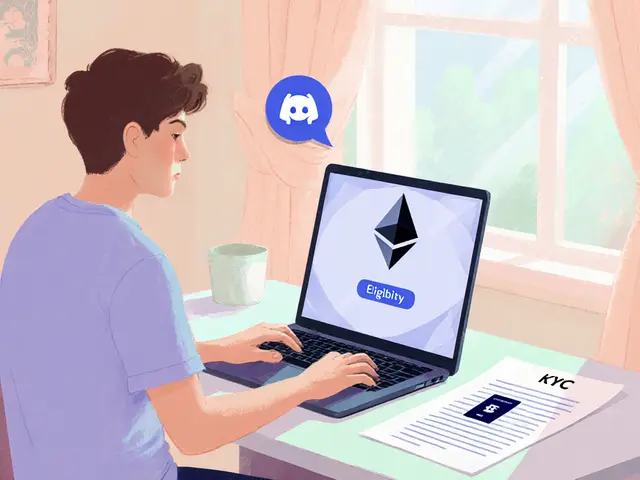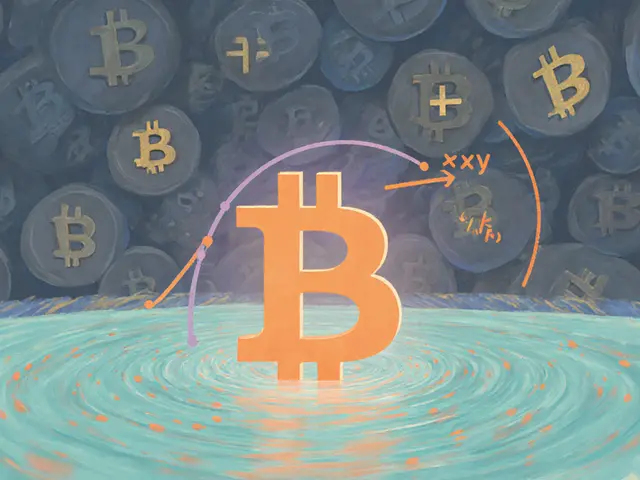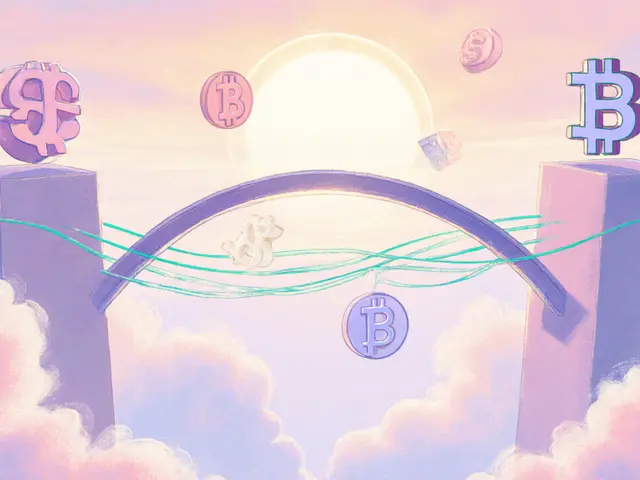Blockchain Social Media – The New Frontier of Online Interaction
When working with blockchain social media, platforms that merge social networking with blockchain tech to give users ownership of data, tokens, and reputation. Also known as decentralized social apps, it lets creators earn directly through crypto rewards and community governance. A crypto airdrop often powers early growth by handing free tokens to new users, while a blockchain voting system lets members decide feature upgrades. Meanwhile, an NFT social platform gives digital collectibles a place in everyday chats.
Why Tokenized Content Matters
Blockchain social media enables tokenized content, meaning each post, comment, or artwork can carry a unique crypto identifier that tracks ownership and value. This setup creates a clear link between creator effort and financial reward, something traditional networks can’t prove. Because every token transaction is recorded on an immutable ledger, users can verify that their earnings come from real engagement, not hidden algorithms. The airdrop model feeds the network by rewarding early adopters, which in turn boosts activity and data richness for the voting layer. When a community votes on a new feature—say, a marketplace for NFT badges—the decision is executed by a smart contract, turning a collective opinion into an automatic code change. That feedback loop tightens the bond between governance and incentive, making the platform feel more like a shared project than a corporate service.
Our collection below shows how different projects apply these ideas. You’ll find guides on specific airdrop campaigns, deep dives into blockchain voting mechanisms, and walkthroughs of NFT‑driven social apps. Each piece breaks down the tech, the token economics, and the real‑world risks, so you can decide which platform fits your goals. Whether you’re a creator hunting new revenue streams or a user curious about the future of online communities, the articles give you practical steps and honest assessments. With that context in mind, let’s explore the stories and strategies that define blockchain social media today.

Explore how decentralized content platforms work, see top options like Mastodon and Lens, and learn the benefits, challenges, and steps to start creating on Web3 social networks.
Jonathan Jennings Nov 5, 2024




